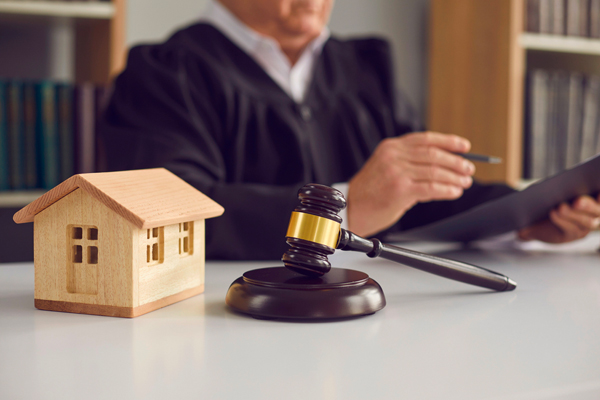When you encounter construction defects in your home or property, it can be a frustrating and costly situation. In such cases, pursuing a construction defect lawsuit may be the best way to resolve the issues and seek compensation for the damages. In this blog post, we’ll guide you through the step-by-step process of a construction defect lawsuit, helping you understand what to expect and how to navigate the legal recourse.
1. Initial Evaluation
The process typically begins with an initial evaluation of the construction defects. This involves identifying and documenting the issues, including structural problems, water intrusion, substandard materials, or poor workmanship.
2. Consult with an Attorney
Seek the expertise of an attorney specializing in construction defects. They can provide legal advice and assess the merits of your case. An attorney will help you understand your rights and options.
3. Notice and Opportunity to Repair
In many jurisdictions, you may need to provide the responsible party, such as the builder or contractor, with notice of the defects and an opportunity to repair the issues. This is a crucial step in some states and can affect the course of your lawsuit.
4. Filing a Lawsuit
If the responsible party fails to make necessary repairs or resolve the issues, you can proceed to file a lawsuit. Your attorney will help you draft a complaint detailing the defects and the damages incurred. The lawsuit officially commences with the filing of this complaint.
5. Preliminary Discovery
Once the lawsuit is filed, the parties involved will engage in preliminary discovery. This involves gathering evidence, documents, and conducting depositions to build your case. Your attorney will play a critical role in this process.
6. Mediation and Settlement Negotiations
Before going to trial, many construction defect cases go through mediation or settlement negotiations. A neutral third party can help facilitate discussions between you and the responsible parties to reach an agreement. Settling the case may save time and costs compared to a trial.
7. Pre-Trial Motions
If mediation or settlement negotiations fail, the case proceeds to the pre-trial phase. Pre-trial motions may be filed, such as motions for summary judgment or dismissal, which can shape the scope of the trial.
8. Trial
If no settlement is reached, the case goes to trial. During the trial, both parties will present their evidence and arguments. A judge or jury will make a final decision regarding liability and damages.
9. Post-Trial Motions and Appeals
After the trial, either party may file post-trial motions, such as motions for a new trial or motions to appeal the decision. The legal process can extend if appeals are pursued.
10. Enforcement of Judgment
If the court awards you damages, the responsible party will be required to pay the judgment. Enforcement measures may be taken to ensure you receive the compensation owed.
11. Future Prevention
After the lawsuit, it’s important to learn from the experience and consider preventive measures for future construction projects, such as thorough inspections, quality control, and strong contracts.
A construction defect lawsuit is a multi-step process that involves initial evaluation, legal consultation, notices, filings, and potential trial. It’s essential to work with a skilled attorney who can guide you through each step and help you seek compensation for the construction defects you’ve encountered. Effective legal representation and understanding of the process are key to pursuing a successful construction defect lawsuit.


